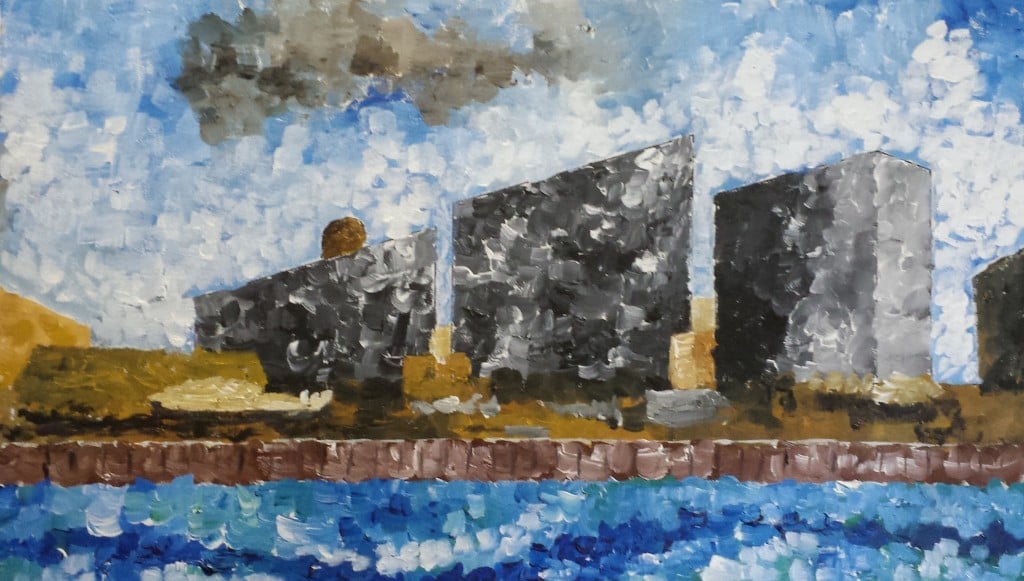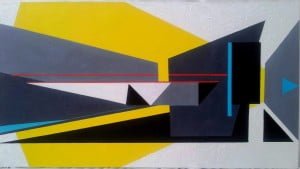Preview: Liverpool School of Art exhibition The Anglican Cathedral
February 9, 2016

Just over a century ago Liverpool was forging its identity as a northern powerhouse of art. The Liverpool School which emerged from the Sandon Studios Society was described by Liverpool university architecture professor Charles Herbert Reilly as a movement dedicated to “free art in contradistinction to South Kensington and Royal Academy art”.
The professor’s slightly grand eulogy in 1905 summed up a mood of independence and creativity which sought to establish innovation free from the city’s state-run art schools and independent of the patronage and traditions of the London art scene.

That pioneering spirit was revived a year ago when four art graduates unveiled the new Liverpool School of Art. The group aims to redefine urban art in geometric painting, a modernist approach which will exhibited next month at the altogether more traditionalist surroundings of Liverpool’s Anglican Cathedral, which also houses work by five Royal Academicians: Craigie Aitchison, Tracey Emin, Elisabeth Frinbk, Christophe Le Brun and Adrian Wiszniewski.
Liverpool School founder, former journalist Mike Rickett, said: “Art is international and indeed so is Liverpool which is why Liverpool is arguably better known as an arts centre outside the UK than within it.
 “This is a city that has always been outward looking and with the growth of tourism in recent years that is even more true these days. The city has always been a centre for the arts, especially the visual arts, ever since the 18th century, in fact, demonstrating that art is very much alive and kicking outside London. Indeed, Liverpool was one of the first places to introduce Impressionism to a bewildered public on 1905.
“This is a city that has always been outward looking and with the growth of tourism in recent years that is even more true these days. The city has always been a centre for the arts, especially the visual arts, ever since the 18th century, in fact, demonstrating that art is very much alive and kicking outside London. Indeed, Liverpool was one of the first places to introduce Impressionism to a bewildered public on 1905.
“The original Sandon Society graduates were from the University of Liverpool’s School of Architecture and Applied Art, known as the ‘art sheds’.”
The movement now has eight members, mostly living in Liverpool but also in Birmingham and Ireland. The subject of the Liverpool school’s work is city life and buildings and transportation – anything which depicts and portrays the rhythms of city life.
“As an aesthetic, the urban landscape may be regarded as the vision a society projects about itself into the future,” Rickett added.
“Our basic aim is to redefine urban art in geometric painting, both 2D and 3D. This exhibition continues that tradition of setting new horizons – of pushing out the barriers – with its quest to redefine urban art.
“Some of it may be puzzling; some of it mystifying or challenging. It all has one thing in common which is to say something new – not just to Liverpool or even the North West — but to the world.”
Liverpool School Artists Return, Liverpool Anglican Cathedral, February 13-19. See also Pre-Raphaelites: Beauty and Rebellion, Walker art gallery, Liverpool, February 12- June 5.

Comments